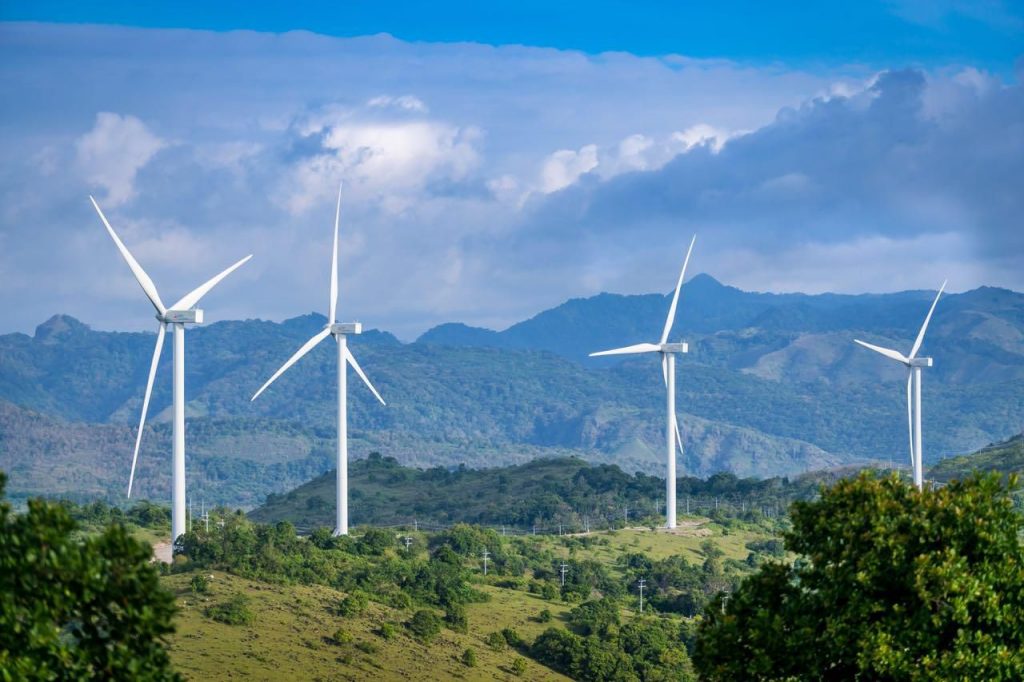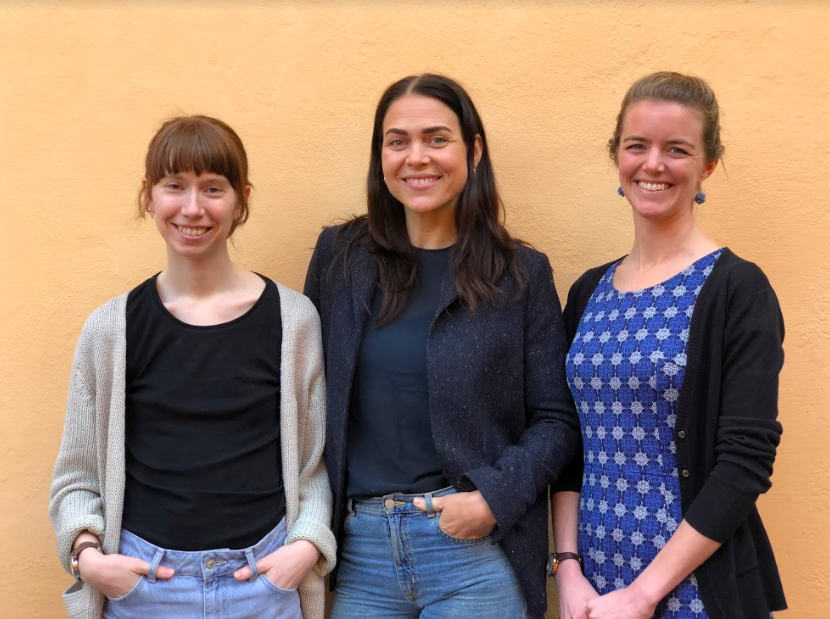If you’re in need of a VSME-report and looking for the right VSME-tool, you’re not alone. As sustainability reporting becomes mandatory for more companies across Europe, the demand for streamlined tools to handle Voluntary SME Sustainability Reporting (VSME) is rapidly growing. But with several platforms now claiming to simplify the process, how do you choose the right one?
In this article, we compare five leading VSME-tools, focusing on usability, automation, data handling, and time savings.
What Is a VSME-Tool?
A VSME-tool is a software solution designed to help small and medium-sized enterprises (SMEs) create a VSME-report that aligns with the EU’s voluntary sustainability reporting standard. These reports often include data on carbon emissions, climate risks, and social and governance topics, making the right tooling essential for accuracy and keeping track of it all.
Why Not Just Write the VSME Report in Word?
While it might seem easy to create a VSME-report manually in Word or Excel, this approach often leads to inconsistent data, formatting errors, and missed requirements. Manual methods also require more time, internal expertise, and double-checking of calculations—especially for climate-related disclosures. A purpose-built VSME-tool ensures compliance with the standard, automates emissions calculations, saves lots of time and helps you avoid costly mistakes.
Comparison Table: 5 Popular VSME Tools
| VSME Tool | Emissions Calculation | Ease of Use | Report Output | Automation | Best For |
|---|---|---|---|---|---|
| GoClimate | ✅ Partial automation | ⭐⭐⭐⭐⭐ | EU-aligned PDF | ✅ High | SMEs needing a fast, accurate VSME-report |
| Greenly | ❌ Manual input | ⭐⭐⭐⭐ | ESRS-aligned | ❌ Medium | Larger SMEs with internal expertise |
| Plan A | ✅ Partial automation | ⭐⭐⭐ | Custom | ⚠️ Limited | Mid-size orgs needing broader ESG |
| Normative | ✅ Robust, complex | ⭐⭐⭐ | Custom | ⚠️ Expert required | Large Enterprises with in-house analysts |
| Position Green | ❌ Manual input | ⭐⭐⭐ | Limited export | ❌ None | Large Enterprises seeking modular ESG features |
1. GoClimate – Easy and automated VSME-Tool
GoClimate is the only tool in this comparison that automatically calculates your company’s climate emissions based on connecting your financial bookkeeping to the tool. The platform is purpose-built for SMEs, focusing on ease of use, speed, and compliance with the VSME standard.
Key benefits:
- No prior expertise required
- Pre-filled climate emission data using smart algorithms
- Report export in VSME-aligned format
- Can be completed in under 2 hours
- Built with the latest VSME updates in mind
If you’re looking for the fastest way to comply with VSME reporting—without hiring a consultant—GoClimate is a stable bet.
2. Greenly – Flexible with KPI-monitoring
Greenly provides a broad ESG reporting toolkit with atuomatic report generation but lacks the full automation SMEs often appriciate. You’ll need to manually input emission sources and have some knowledge of Scope 1, 2, and 3 to get accurate data. It does offer real-time sustainability KPI monitoring which can be useful to keep track of your KPIS.
Best for: Companies familiar with ESG frameworks who want to enter data manually.
3. Plan A – Broad ESG Focus
Plan A offers strong ESG capabilities across a range of frameworks, but their VSME-reporting features are limited. Emissions data requires some manual categorization, and reports often require customization before submission.
Best for: Companies with broader ESG strategies who can allocate internal resources to VSME.
4. Normative – Enterprise-Grade
Normative is powerful and thorough—but best suited for large enterprises with sustainability staff. It uses detailed spend-based and activity-based emission modeling, but onboarding and use can be challenging for SMEs.
Best for: Large enterprises with internal sustainability teams.
5. Position Green – Modular and Enterprise-Grade
Position Green’s ESG modules offer flexibility, but its support for the VSME framework is still limited. Climate data must be entered manually, and there is no automated data collection and calculation engine or guided report generation.
Best for: Organizations already using Position Green for other ESG modules.
Final Verdict
If your goal is to produce a VSME-report that’s both accurate and fast, GoClimate is a good and stable bet when wanting to save time and moneu:
- ✅ Fully automated emission calculations
- ✅ Intuitive and accessible for non-experts
- ✅ Report aligned with the VSME framework
- ✅ Saves dozens of hours compared to manual tools
In a time when sustainability reporting is becoming table stakes, GoClimate makes it not just possible—but easy and practical—for SMEs to lead on climate.
Try GoClimate’s VSME-Tool
Ready to generate your VSME-report in hours instead of weeks?
👉 Visit GoClimate.com and get started







